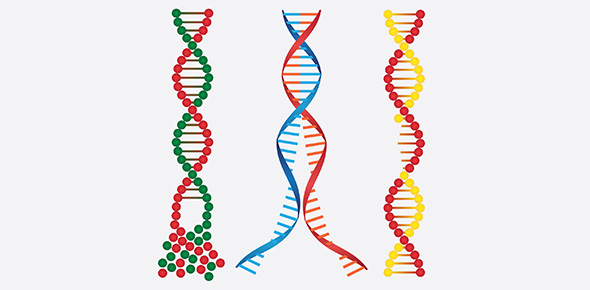Related Flashcards
Related Topics
Cards In This Set
| Front | Back |
|
Cells
|
Structural and functional units of the human body
|
|
Describe how every individual begins life.
|
Every individual begins life as a single cell, a fertilized egg. Then, divides into 2 cells, then 4, 8, 16 and so on.
|
|
Differentiation
|
-during development cells become specialized in size, shape, characteristics, and function
-variety of cells |
|
Plasma (cell) membrane
|
-separates the material outside the cell (extracellular) from the material inside the cell (intracellular)
-maintains the integrity of the cell -if broken or ruptures, the cell dies |
|
Selectively permeable
|
-determines what can go into or out of the cell
-some substances can pass through the membrane but other cannot |
|
What are the main structural components of the plasma membrane?
|
1. phospholipids
2. proteins |
|
Phospholipids
|
-arranged in a double layer (bilayer)
-cheese sandwich |
|
Hydrophilic
|
Attract water and other polar molecules
|
|
Hydrophobic
|
Water will not mix with it
|
|
"fingerprints"
|
-proteins on the surface of the cell that act as markers for identification
-enable the body to recognize and accept its own cells but reject those that are foreign |
|
Cytoplasm
|
-the gel-like fluid inside the cell
|
|
Organelles
|
-"little organs"
-functional machinery of the cell -each type has a specific role in the metabolic reactions that take place in the cytoplasm |
|
Intracellular fluid
|
-primarily water
-contains dissolved electrolytes, metabolic waste products and nutrients (amino acids and simple sugars) |
|
Inclusions
|
Bodies that are temporarily in the cell but that are not a part of the permanent metabolic machinery of the cell
ex. secretory products, glycogen granules, pigment granules and lipid droplets |
|
Nucleus
|
-the control center that directs the metabolic activities of the cell
-all cells have at least 1 at some time -relatively large, spherical body -usually in the center of the cell |






